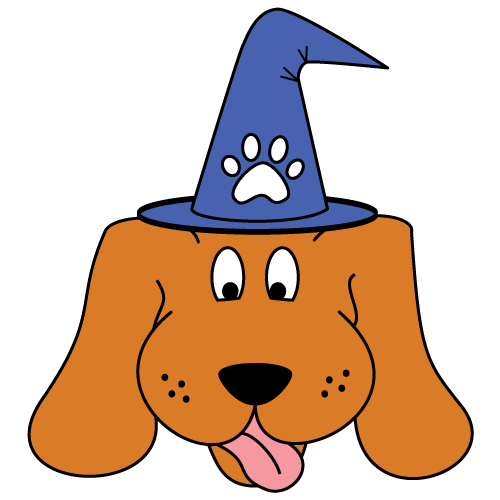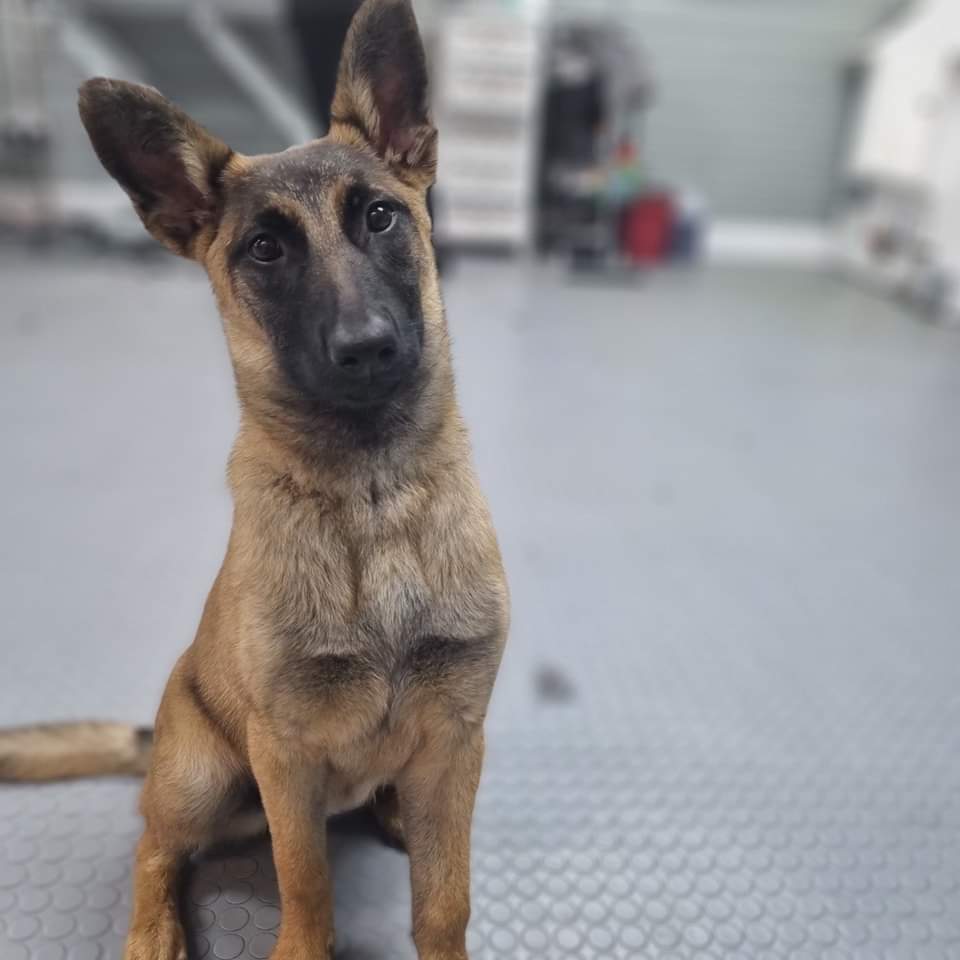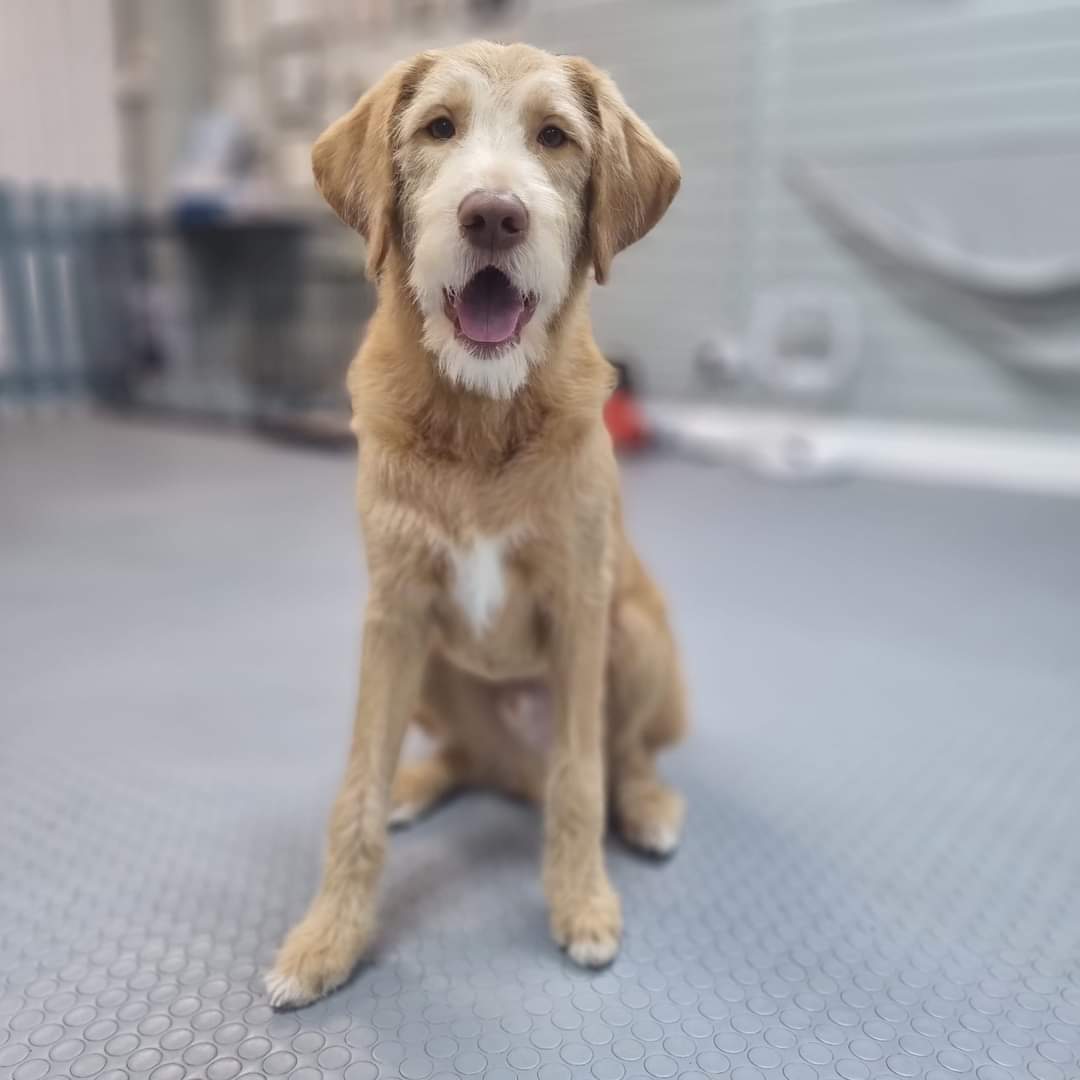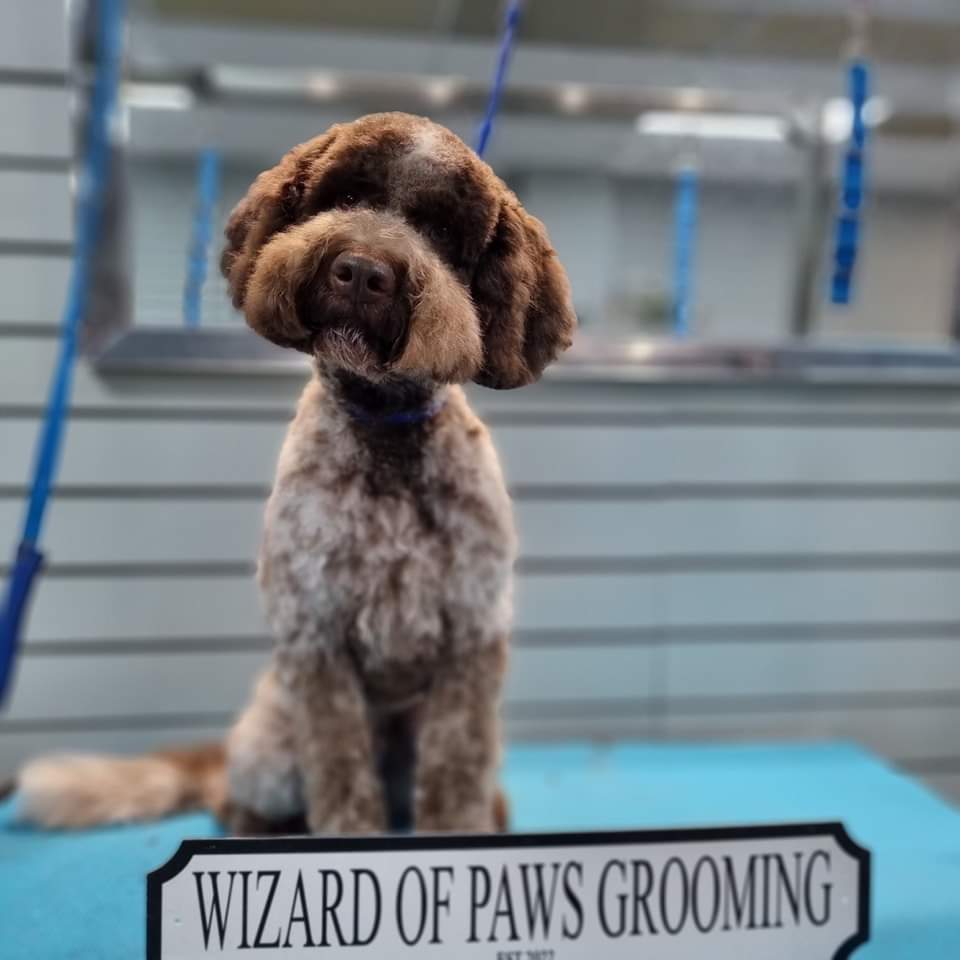We are a friendly dog grooming salon in Tidworth (with the lovely Charlene of L.A.C. Groomers). My name is Leanne and I’m a qualified dog groomer with happy customers from nearby areas of Amesbury, Bulford Camp, Thruxton, Ludgershall, Andover and Salisbury. Our most popular services are full grooms, wash and brush through, knot removal and nail trimming or clipping.
What services do we offer?
We offer the following services, but if there is something that you’d like, please let us know and we can discuss options:
When is the salon open?
How to get in contact?
We’re on Facebook and Instagram, or if you aren’t a social media user you can use our contact form or Whatsapp and we’ll get back to you as fast as we can – we may be in the middle of a groom so please be patient.
Grooming tips & tricks
Why do dogs need grooming?
The grooming process benefits the dog in a few ways. Washing the coat removes dirt and dead hair from the coat as well as excess oils that cling to the fur. Brushing the fur through removes any smaller knots that may have formed as well as stimulates the production of natural oils. Cutting the fur shorter not only makes your dog look wonderful, it reduces the likleyhood of knotting and discomfort.
How often should a dog be groomed?
Each breed has it’s own grooming requirements, but as a general rule dogs should be groomed once every 4 to 6 weeks in order to keep their coat in a good condition. Dogs with shorter coats may only need to visit every 8-10 weeks as they require less maintenance. Your groomer should also clip the dog’s nails, if they are left to grow they can become sensitive to trim in the future as well as causing discomfort.
When can a puppy have it’s first hair cut?
As soon as the puppy has had their second vaccinations and are allowed onto the floor outside of the home they should visit a dog groomer, this is usually around the 10 to 12 weeks old range and no later than 16 weeks of age. The salon is a great place for your puppy to experience and getting used to the whole experience will definately benefit both the dog and the groomer.
Do nails need clipping?
Yes! Dogs nails grow at a constant rate and should be trimmed or clipped regularly, we suggest every 3 to 4 weeks. If too much time has gone between trims the nail can cause damage to their feet, tendons and even artritis. As the nail grows, it continues to curl downwards towards the pad – this is an extreme example, but if left unclipped the dog can end up walking on their nails.
What is a welfare groom?
In 2006 the UK government passed the ‘Animal Welfare Act‘. Essentially this provides protection to animals to prevent harm and promotes their welfare. By putting the dog’s comfort first, if it would cause too much distress to brush out knots a groomer should clip the fur close to the skin in order to relieve pain. A welfare groom may not look pretty, but it is done to improve the quality of life for the dog.
How to tell if my dog has a tick?
Ticks are small arachnids that wait in vegetation until an animal disturbs them. At this point they attach themselves to the host and crawl around the fur.
Once they’re ready to feed they will bite into the dog’s skin and remain here until they are full. Even if the dog is taking tick medication it’s important to check for them as they can carry Lyme disease which is also transferable to humans.
You can check for ticks by running your hands slowly over the dogs fur, making sure that your fingers go deep into the fur (as the ticks will have bitten into the skin). Ticks don’t like to be disturbed so they are commonly found behind ears, in armpits, under tail and between toes.
When they start to feed ticks bodies swell up with blood and can grow from the size of a pinhead to the size of a baked bean. They will feel like a hard bump – if using a comb, stop combing and inspect the bump. The last thing you want to do is to pull or tug at the tick, this can leave the tick’s head attached and lead to possible infection.
What are orange stains on my dog’s face?
Sometimes it can look red, brown or pink rather than orange but chances are it’s caused by the same thing…saliva. Have you noticed your dog licking one area more often than others? Dog’s saliva contains porphyrins, these are the waste product of breaking down red blood cells and are high in iron. By repetitively licking the same area of skin the dog is adding layer upon layer of porphyrin which in turn dyes the dog’s fur. This coloured staining can also be found the eyes or even their hygiene areas as urine can also contain porphyrins.
How many coat types are there?
Just like there are lots of dog breeds, there are also lots of types of dog fur. Some dogs will have a combination of 2 or more of these types, but in general there are 7 variations of dog coat:
- Smooth coat
- Apart from hairless, a smooth coat arguably requires the least maintainence as it grows constantly and is easily shed (around every 4-12 weeks) resulting in fur that lies close to the skin. When the hair lays flat to the skin it gives the shiny/smooth appearance.
- Owners can help shedding using a de-shedding shampoo. As short coated breeds can be sensitive to chemicals a gentle shampoo is advisory.
- Examples of smooth coated dog breeds are Dachshund (Smooth), French Bulldog, Greyhound, Manchester Terrier, Pointer, Rhodesian Ridgeback, Staffordshire Bull Terrier (Staffie), Whippet.
- Short coat
- This is similar to the smooth coat but naturally more course. The courseness of the fur can lead to more of the dog’s natural oils being trapped, resulting in that famililar ‘doggy smell’.
- Like the smooth coat a short coat is easily shed (every 4-12 weeks) and can be assisted by bathing to reduce the odour caused by natural oils being trapped in the fur.
- Examples of short coated dog breeds are Basset Hound, Beagle, Belgian Malinois, Chinese Shar-Pei, Labrador Retriever (Labbie), Pug, Rottweiler.
- Double coat (long or short haired)
- As the name suggests, this coat types consists of 2 different coat types – a soft undercoat with a protective outercoat also known as a guard coat. The undercoat is thicker which protects the dog in wet or cold weather and can be shed or blown seasonally.
- Dogs with double coats must be brushed regularly otherwise they suffer from knotting which prevents the undercoat from operating as it should. Brushing helps the shedding process and should leave the undercoat fluffy. Dogs can be bathed in de-shedding shampoo and sprayed with detangler to help remove any knots, mats or tangles.
- Examples of double coated dogs are Akita, Chow-Chow, Collie, German Shepherd Dog (GSD), Husky, Malamute.
- Long coat (drop coat)
- Unlike a lot of coat types, long coat fur can be considered as being non-shedding and is contstantly growing so it requires trimming. Without the ablility to shed, they require frequent brushing sessions multiple times per week to prevent tangles, knots and mats. If the fur isn’t kept in good condition it limits the skin’s ability to breathe and can cause skin iritation or infection.
- Examples of long coated dog breeds are Bearded Collie, Lhasa Apso, Maltese, Old English Sheepdog (OES), Tibetan Terrier, Yorkshire Terrier.
- Wire coat (wire-haired)
- This can also come under the double coat heading as dogs with a wire coat have a soft insulating layer but unlike the double coated breeds the outer coat is textured and hardy to help protect them from the environment.
- The grooming requirement is much like the double coat with regular brushing to keep the fur knot free and in good condition.
- Examples of wire haired dog breeds are Border Terrier, Dandie Dinmont, Fox Terier, Irish Terrier, Irish Wolfhound, Norfolk Terrier, Schauzer, Wirehaired Pointer.
- Curly coat
- Like the long coat, the curly coat can be considered as non-shedding and can look wavy or curly depending on the tightness of the curl. As with all non-shedding coat types, regular brushing is a must to prevent knots, mats and tangles.
- Bathing with a de-tangling shampoo regularly can assist in keeping the coat in good condition together with regular trims (every 6 weeks)
- Examples of curly coated dog breeds are Beddlington Terrier, Bichon Frise, Cockerpoo, Curly Coated Retriever, Poodle, Labradoodle.
- Hairless
- Not a coat as such, but hairless breeds still have to be cared for correctly as dogs often have sensitive skin so only shampoos designed for dogs with sensitive skin must be used.
- Examples of hairless dog breeds are Chinese Crested, Mexican Hairless
Which is better, brush or comb?
There is no right or wrong answer, it all depends on what is it being used for and what coat type is it being used on.
- Brushes
- Slicker brush
- Tightly packed wire bristles
- Designed to remove knots, tangles and matting
- Wire-pin brush
- Brush of choice for medium to long hair or curly hair
- Can come with or without rubber-tipped ends
- Bristle brush
- Can be used on all coat types
- Widely spaced & long bristles = Longer coat
- Tightly spaced & short bristles = Shorter (course) coat
- Which brush to use?
- Short coat (smooth) = Tightly spaced with short and soft/medium bristles
- Short coat (wired) = Tightly spaced with short and firm bristles and a slicker brush
- Medium/long haired coat = Medium/wide spaced with long and soft to medium bristles, a wire-pin brush and a slicker brush
- Wire coat = Wide spaced with long and firm bristles, a wire-pin brush and a slicker brush
- Slicker brush
- Combs
- These are better than brushes for getting close to the base of the hair
- Can be used to diagnose where there is any matting



